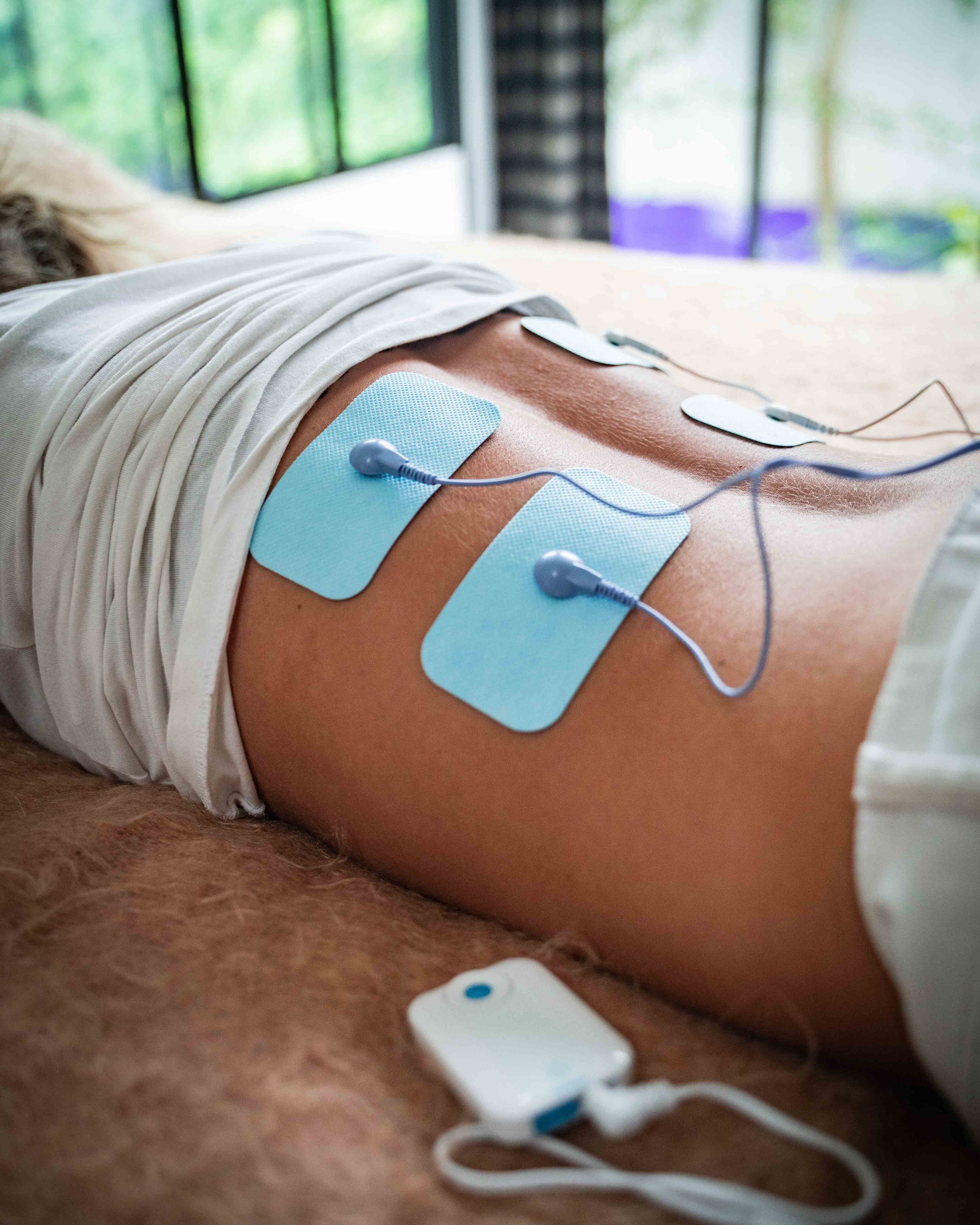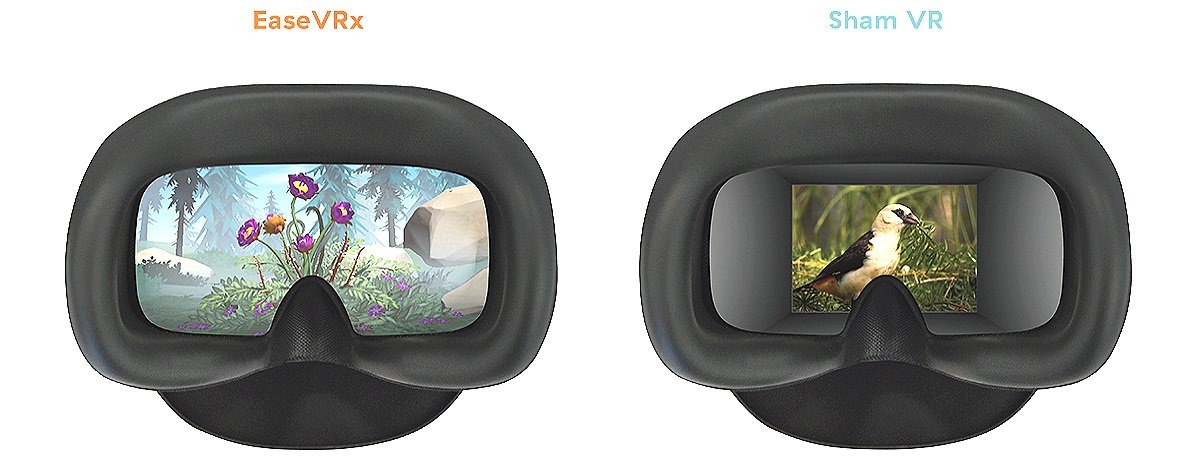Blacks and Hispanics More Likely to Develop Chronic Back Pain
/By Pat Anson, PNN Editor
Chronic lower back pain is the leading cause of disability worldwide, with an estimated 72 million people suffering from it in the United States alone.
New research suggests that Black and Hispanic Americans are significantly more likely to develop “high-impact” lower back pain than Whites. High impact pain is chronic pain that lasts at least six months and is severe enough to interfere with daily life or work activities.
Researchers at Boston Medical Center analyzed health data for over 9,000 patients experiencing acute lower back pain, who were being treated at primary care practices in the Baltimore, Boston, Pittsburgh and Salt Lake City areas.
After six months, patients who were Black (30%) or Hispanic (25%) were more likely than White patients (15%) to develop high impact chronic lower back pain. The Black and Hispanic patients were more likely to be younger, female, obese, have Medicaid insurance, and at higher risk of disability. They were also about half as likely to be prescribed opioids than Whites after their initial visit to a doctor.
“Our study has highlighted both a concern in the absolute number of patients with acute low back pain who develop chronic low back pain and concerns about racial and ethnic disparities in outcomes,” said lead author Eric Roseen, DC, director of the Program for Integrative Medicine and Health Disparities at Boston Medical Center.
“High-impact chronic pain has a negative impact on the lives of millions of Americans, particularly Black Americans, yet possible and significant causes of racial and ethnic disparities in long-term pain outcomes remain understudied and largely unaddressed. The disparities that emerged in this study shed light on the direct correlation among lived experiences, physical, and mental health, which must be addressed in order to improve patient outcomes.”
Roseen and his colleagues reported in the journal Pain Medicine that the risk of developing high-impact chronic pain was highest among Black women. They attribute that partially to socioeconomic reasons, suggesting that racial and ethnic differences in health insurance or neighborhood resources may impact the long-term outcomes of patients with new episodes of low back pain.
Getting effective treatment for low back pain is problematic, regardless of race or ethnic group. A recent Harris Poll of over 5,000 U.S. adults found that over a third of those with chronic low back pain have never been told by a healthcare professional what causes their pain. Nearly half said they’ve experienced back pain for at least five years.
The survey found the typical back pain sufferer had sought relief from at least three different healthcare providers. About one in five had epidural steroid injections, which were rated as one of the least effective treatments for chronic low back pain. Opioid pain medication was rated as the most effective treatment, slightly ahead of physical therapy, chiropractic care and acupuncture.








